Ebola is killing people but rumours about Ebola are killing even more
The recent spread of this infectious disease has prompted a rise in stories denying it. But the Red Cross has devised a system of “rumour-mapping” to fight back. Andy Martin talks to aid workers trying to treat the virus and the epidemic of fake news that comes with it

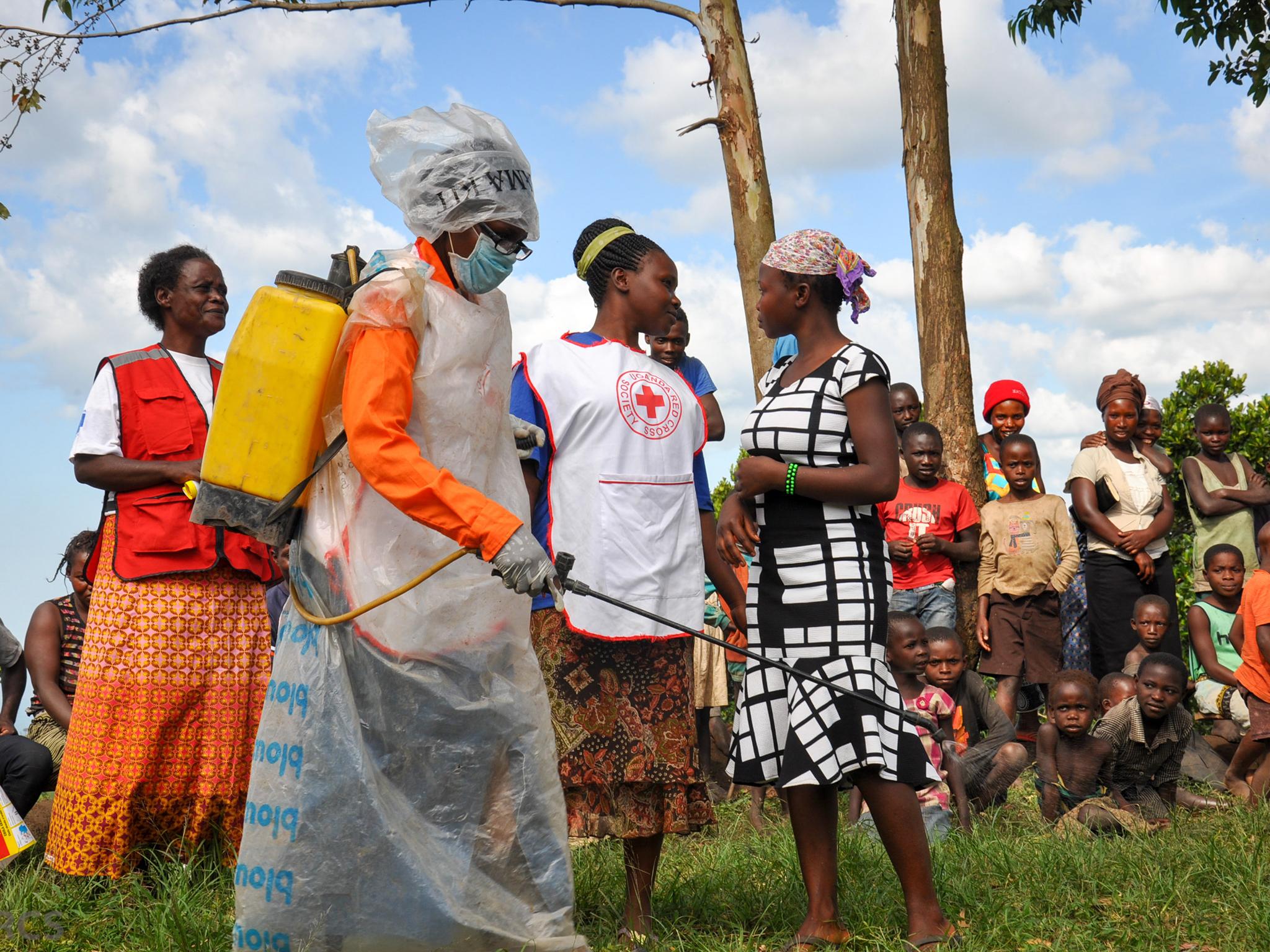
Your support helps us to tell the story
From reproductive rights to climate change to Big Tech, The Independent is on the ground when the story is developing. Whether it's investigating the financials of Elon Musk's pro-Trump PAC or producing our latest documentary, 'The A Word', which shines a light on the American women fighting for reproductive rights, we know how important it is to parse out the facts from the messaging.
At such a critical moment in US history, we need reporters on the ground. Your donation allows us to keep sending journalists to speak to both sides of the story.
The Independent is trusted by Americans across the entire political spectrum. And unlike many other quality news outlets, we choose not to lock Americans out of our reporting and analysis with paywalls. We believe quality journalism should be available to everyone, paid for by those who can afford it.
Your support makes all the difference.This is a tale of two epidemics. Only one of them is real. The real one is Ebola. Ebola is a virus that kills people. This is a fact. But we fear facts as much as we fear disease. We prefer reassuring falsehoods to facts. And it’s so easy, you can deny practically anything. All you have to do is add the little word “not”. We’ve had Holocaust denial and climate change denial. Now we have Ebola denial.
The virus, named after the Ebola river in the Democratic Republic of the Congo near where it first appeared in 1976, has an approximately 80 per cent mortality rate. ie not good odds: you have a one-in-five chance of surviving if you get it.
The disease is not just hard to eradicate, it has a habit of triggering a second parallel virus, of the virtual kind, but just as insidious and potentially lethal, a rumour cloud around Ebola, made up of myth, moonshine, conspiracy theories, and paranoia. So the Red Cross finds itself fighting on two fronts, against the real thing and, at the same time, an outbreak of fake news.
Butembo, in the Democratic Republic of the Congo, or DRC, is at the epicentre of the 10th outbreak of Ebola, currently counting 2071 cases. The Red Cross – working alongside the World Health Organisation and Médecins Sans Frontières – has sent in volunteers to help tackle the disease. But, as is common in these situations, they have run into a wall of misunderstanding, misinformation, and resistance.
The resistance, usually no worse than verbal abuse or a refusal to take advice, can sometimes take the form of violence. One senior epidemiologist has been killed in 2019 and clinics have been attacked. Ironically, the very people trying to treat the illness are perceived as causing it.
So pervasive is this second epidemic, the virus of suspicion and scepticism, that radiates out from the first, that the Red Cross has tried to draw up “rumour maps” to keep track of it, because one of the facts in this swirling fog of misinformation is that the second one makes the first one worse. The spread of rumour only serves to increase the spread of the disease.
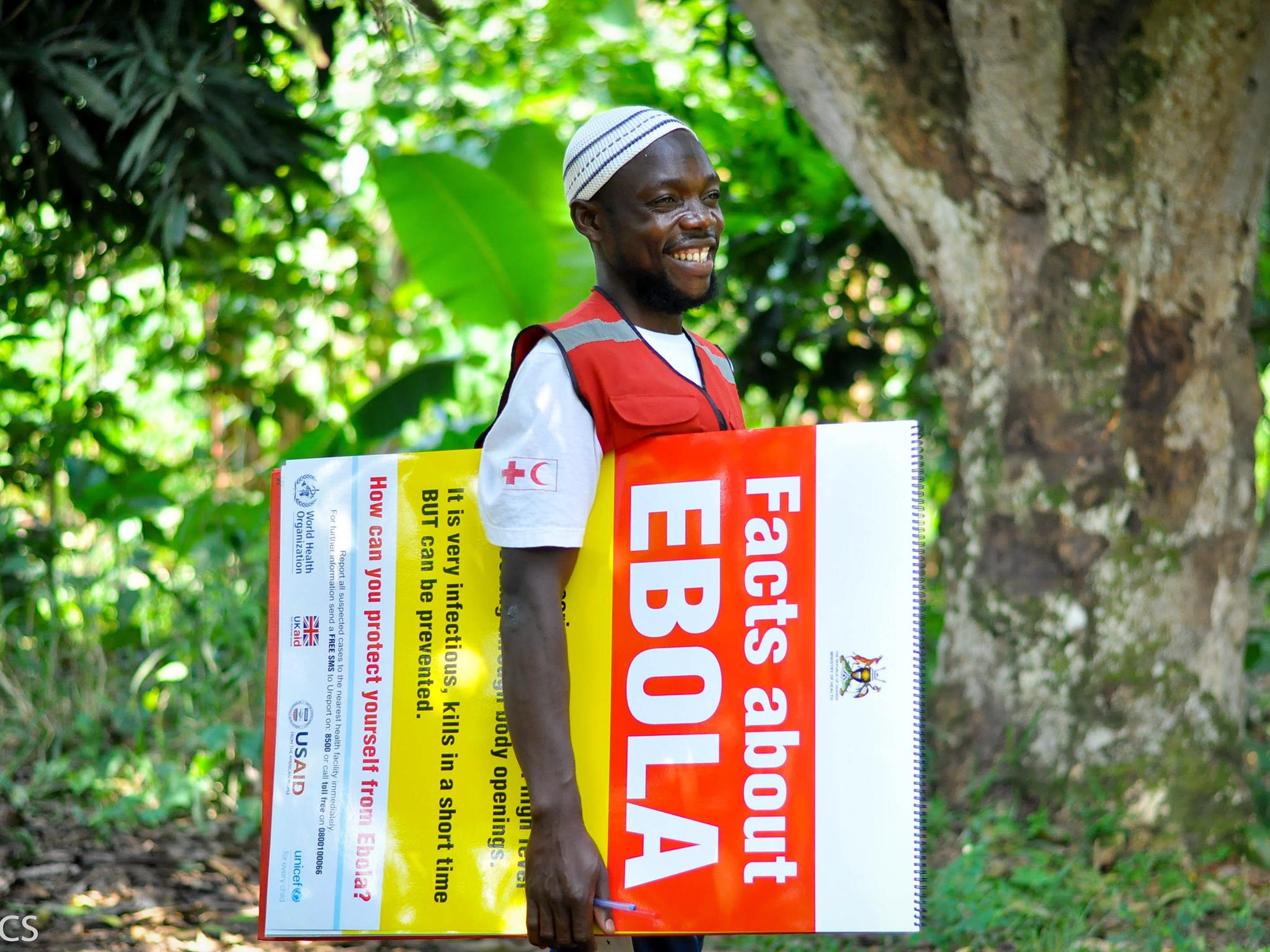
Modern medicine is not all about doctors and nurses and pills and potions, it’s also about information management, which boils down to two things: disseminating scientifically backed facts, and trying to contain the transmission of false beliefs.
Ebola is probably caused by fruit bats (and eating other infected animals) and certainly spread by physical contact with the body fluids of victims. The other epidemic is definitely generated by humans. The word itself, epidemic (from the Greek, epi- “upon” or “against” or “around”, and demos, the people) suggests that we are complicit in the process.
“It’s mainly spread by word of mouth,” says Thuong Nguyen, who is French-Vietnamese and the information management coordinator for the Red Cross. “But there is an extensive phone network in DRC, and people use Whatsapp. There are whole groups dedicated to talking about Ebola.” False information radiates outwards, relatively unchecked. “If you’re the fifth person in the chain, or the 50th, it’s not easy to check your sources.” The denser the population, the faster the rumours spread.
Nguyen initiated the rumour mapping project in August 2018. She says the whole point was to get a cool and quantitative take on rumour. “We didn’t want to start a rumour about the rumours. There are so many rumours already, we didn’t want to be part of that. We had to be specific.”
The Ebola outbreak won’t be over until the population rises up against the response team... Doctors are killing people; Ebola is a business; the virus is made to eliminate the Congolese; there are fake tablets that kill
There is a perfectly practical reason for gathering and collating the information: Red Cross medics need it “in order to be able to carry out their operation”: to know what people are thinking as well as how they are feeling.
Nguyen emphasises that “the majority of people” believe that Ebola is real. But she and her team of 880 “community engagement volunteers” have detected 33,016 separate rumours, observations and beliefs across 17 health zones in DRC. Only 8 per cent of them consist of flat-out denial: the wishful idea that Ebola does not exist.
But there are a lot of more complicated, more conspiratorial versions of denial. Seven per cent of the rumours invoke supernatural theories to do with witchcraft and demons. A much larger proportion of the rumours tend to point the finger of blame at health professionals rather than witches. Another 21 per cent maintain that Ebola is being used to exploit communities for influence or money; 13 per cent express a lack of confidence in medical services, with a suspicion of doctors harming people; and a hardcore of 4 per cent explicitly hold that Ebola is engineered by foreigners with some murderous or malevolent intent.
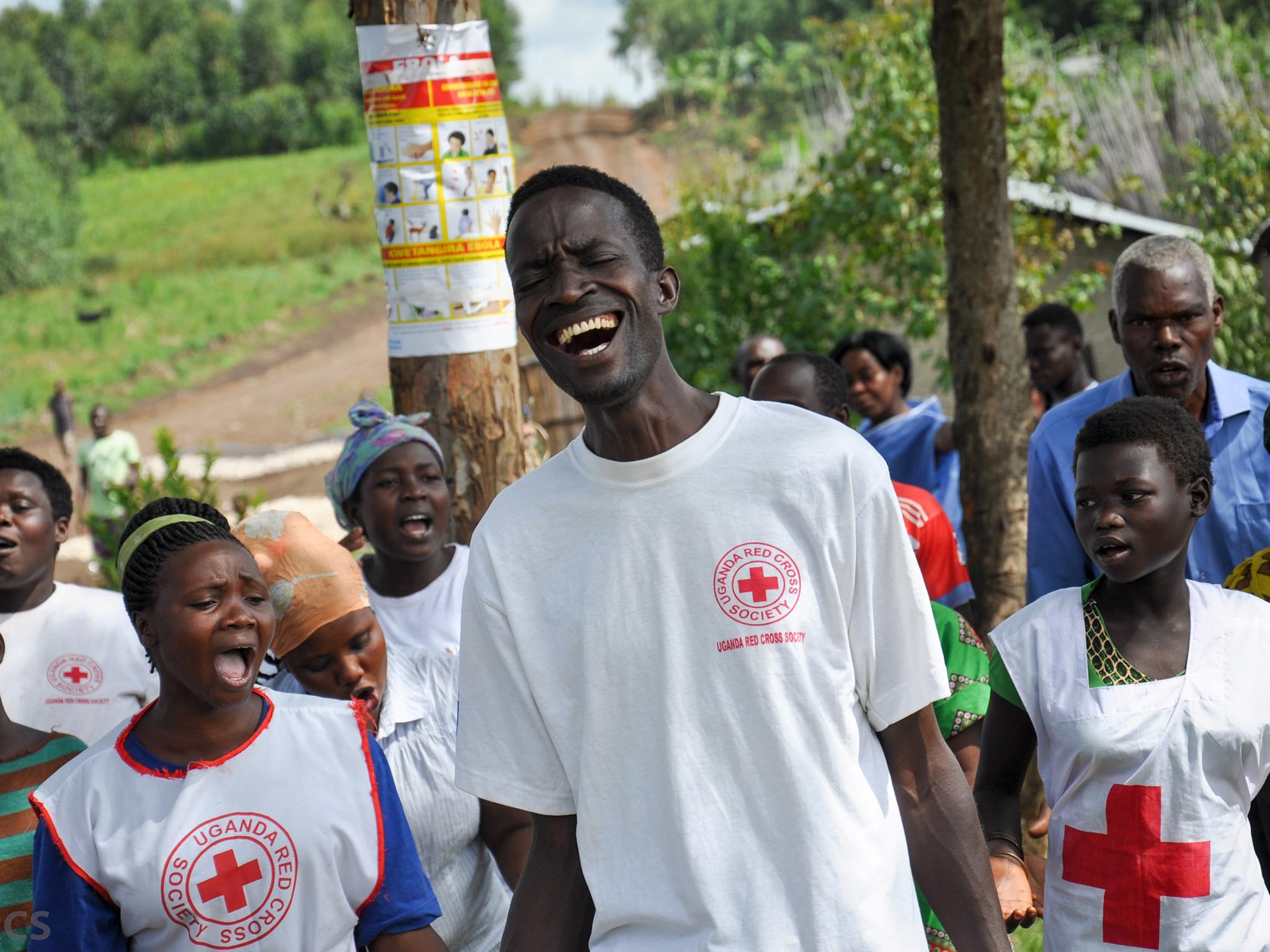
“The Ebola outbreak won’t be over until the population rises up against the response team.” This is a real quote (translated from Swahili) coming from someone in the DRC recorded by the Red Cross engagement team. There is a constellation of fanciful ideas: “Doctors are killing people”; “Ebola is a business”; “the virus is made to eliminate the Congolese”; “there are fake tablets that kill”.
But probably the dominant theme is how to fight back against the spread of Ebola, mainly by attacking the health professionals. Doctors in the field have to worry not only how to protect themselves from the virus but also from the relatives of people who have been victims.
One informant said: “We are in the process of determining how to catch some of the doctors and nurses from the response team to inject them with the blood of a vaccinated person and see how their body responds.” Another: “Everyone who works in the response team will be tracked down.”
Ombretta Baggio, 46, the coordinator of community engagement and accountability for the International Red Cross Ebola response, spoke to The Independent from Goma, the capital of North Kivu province in the DRC. She reckons that “rumour mapping” should really be called “community feedback”. “The media tends to over-dramatise. You have to remember, it’s not all ‘fake news’. Rumour is only part of the data. Alongside the rumours there are a lot of reasonable questions to which we try to provide answers.”

But she agrees that there is “an epidemic of fear, which is motivating people to do things that are not healthy and that fuel the Ebola epidemic”. Baggio points out that the DRC is “volatile environment” with “a complex political dynamic”. After a two-decades-long conflict, elections have recently taken place in the region. People fear not just foreigners but anyone from outside their province. They tend to trust their neighbours, and are proportionately suspicious of outsiders.
Baggio says that the great advantage of the rumour mapping project is that “we have a very clear picture of what the main concerns are”. The principal object of most people’s fear and loathing is the ETC, the Ebola Treatment Centre, dedicated to trying to halt Ebola and often staffed by foreigners or people perceived as foreigners.
The fact that the frontline health professionals have to wear full body suits to protect them against the virus probably doesn’t help. They look like aliens who have just landed. It is at one of these treatment centres that a doctor was killed in May by armed militia. “The treatment centre is seen as a place where you go to die,” Baggio says. “Where you are isolated and injected on purpose with a virus.” Inevitably, it makes the patient and the family and relatives fearful.
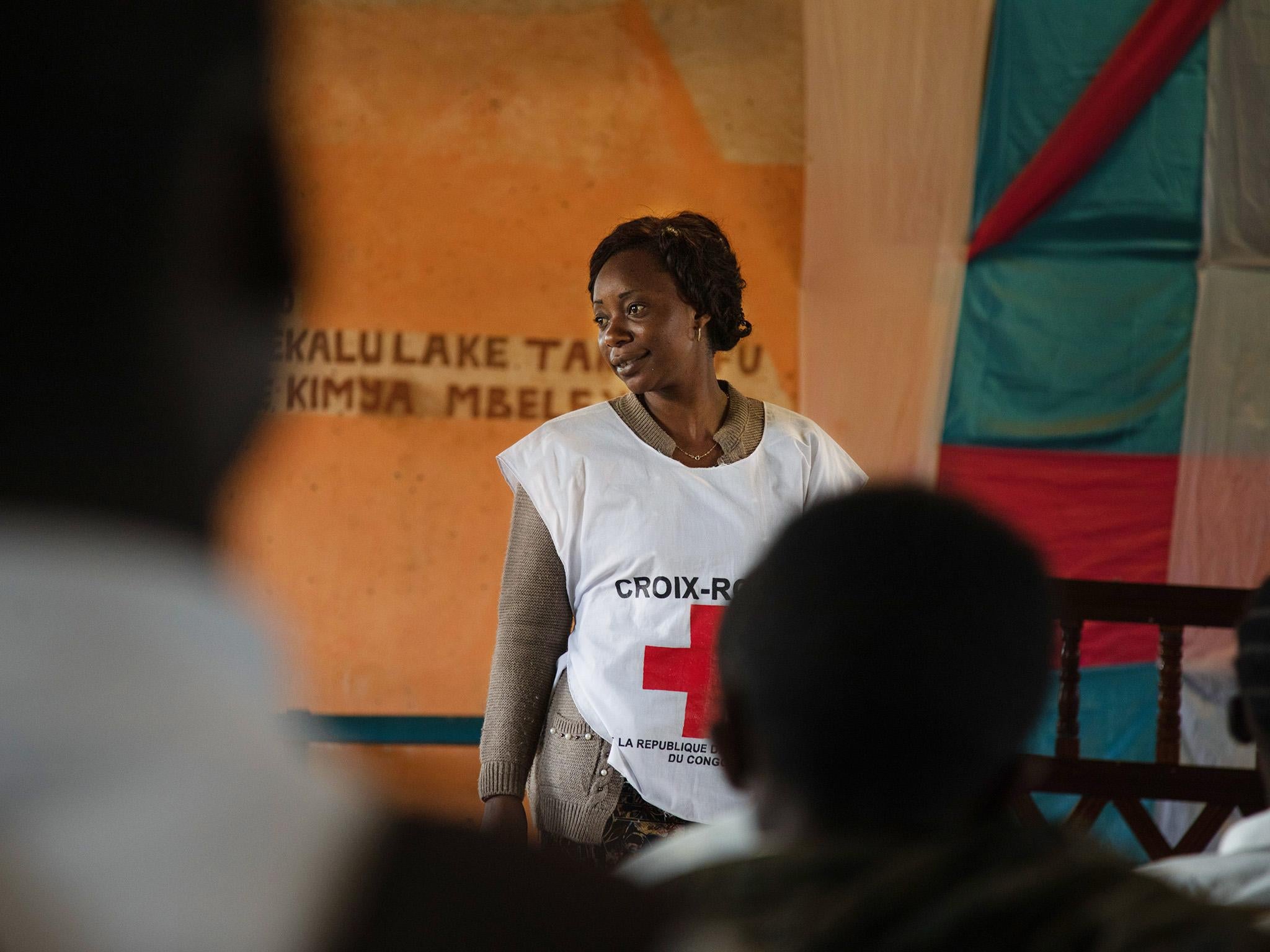
In terms of treating the illness itself, there is a limited amount of vaccination available in the DRC. “We are using an experimental vaccine,” says Ombretta. “With a high level of success.” It’s not mass vaccination. The Ministry of Health and WHO work to create a “ring” around the individual case.
As soon as anyone is identified as having contracted the disease, an emergency response team goes in to vaccinate all the immediate contacts of the victim and then the contacts of those contacts. But not everyone understands or appreciates what they are doing. Some think that they are being injected with the disease, others want to know why only some are being vaccinated and not others.
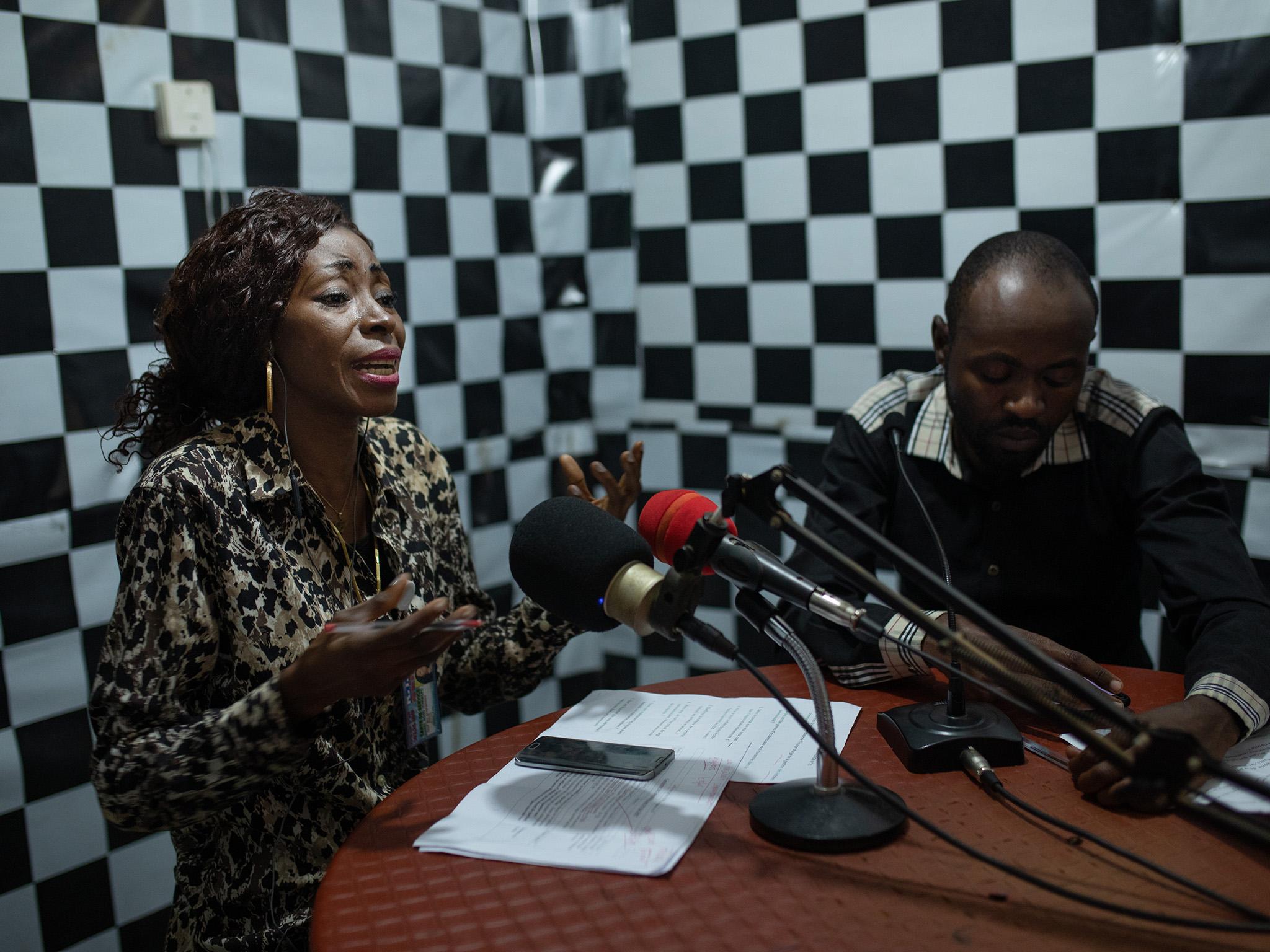
Thuong Nguyen’s priority is what they call Safe and Dignified Burial. “Our role is to ensure that when a loved one dies the family and the community doesn’t get infected.” Local funeral customs here prescribe a process of washing the dead before burial. All of which is normal and reasonable, except in the case of Ebola, since even a corpse can be infectious.
Contact with bodily fluids can be fatal. Nguyen says that a “safe team” is required to manage the process without incurring further dead bodies. One of the recent developments has been the use of transparent body bags to counteract rumours that body bags were being filled with rocks or dirt while the actual bodies were being spirited away to have their body parts harvested for sale.
There are rumours that body bags were being filled with rocks or dirt while the actual bodies were being spirited away to have their body parts harvested for sale
One of the problems with such an infectious disease as Ebola is that victims can spread the disease inside hospitals. Working with the Ministry of Health and Unicef, the Red Cross helped to set up a system of “triage points” in front of hospitals, a form of medical customs control to check if you’re carrying the disease. Instead of just walking in the front door of the hospital you have to pass through this antichamber to be checked and assessed first. If you show any symptoms you’re taken to a different room for further analysis.
Similarly, there are things that can be done to prevent the spread of rumour, the meta-epidemic accompanying Ebola. They call the measures deployed to fight back against viral thinking “sensitisation”. The Red Cross is, in effect, trying to inoculate the population against rumour, using methods as simple as knocking on doors and explaining or giving seminars in schools. Radio shows, mobile cinemas, and plays performed in rural communities dramatise the problem and its solution.
Ombretta Baggio adds that the Red Cross has to “find compromises that go beyond the bio-medical response”. She suggests that the existing Ebola Treatment Centres need to be streamlined and integrated into the existing health network to overcome “the fear of the unfamiliar and the unknown.” “After so much conflict in the country, the Congolese people are used to looking after themselves. They want to own the treatment.”
With strict measures of isolation and body disposal in place, Ebola can be contained. But what about the other epidemic? Can that be contained? “At the moment we are holding it at bay,” says Nguyen. They’re not winning, but they’re not losing either. The “alerts” about cases coming from the Congolese themselves have quadrupled from 20 to 80 per cent.
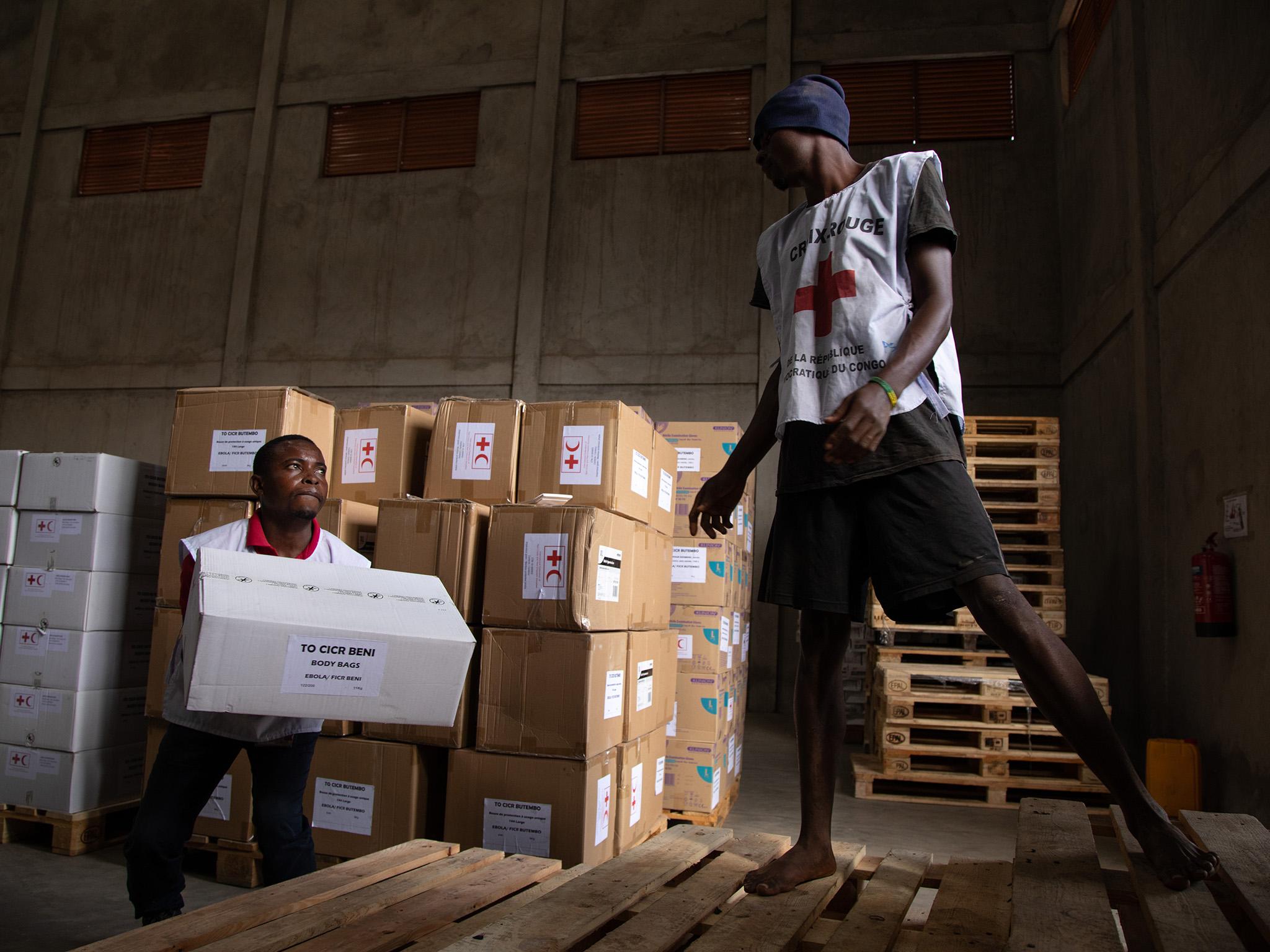
Baggio makes the point that “it’s easy to blame the community for spreading lies”. In other words, at its crudest, we believe or imply that the Congolese people themselves are responsible for Ebola, or at least for making it worse. But it’s important not to scapegoat some people for the crime of scapegoating other people. For one thing, there is a rationale for the irrational.
There are conspiracy theories, but there are also actual conspiracies. The subtle Nestlé scheme for replacing breast milk in Africa with its products, at the expense of child deaths and illness, is only one among many similarly exploitative plots and plans. Neo-imperialism harks back to actual empires. The DRC, for example, was once the colonial “possession” of Belgium. King Leopold, in the late 19th and early 20th centuries, robbed the country blind in search of rubber and other commodities. People really were being killed and mutilated on a regular basis for commercial gain.
Rumour is not a war against truth. It thrives and metastasises and proliferates in the cracks and crevices of solid, hardcore information. “This is why we have community engagement,” says Nguyen, “to fill in the gaps, to inform the community of the things that we do know. Facts rather than beliefs.”
Shakespeare described rumour as “the many-headed monster”, so it’s nothing new. Post-truth has always been with us, but the greater the population and the most extensive the communications networks, the greater the opportunity for rumour to flourish. The “meme” was originally conceptualised by Richard Dawkins not as a “viral” image on social media but rather as an idea or behaviour that multiplies and spreads just as genes, or cells do, independently of individual intentions.
And, again, there is a good reason why some ideas spread more than others: they simply have a better narrative. They become, in effect, bestsellers. The story from science, involving – possibly – bats, is less engaging or compelling than a story involving cold-hearted ruthless bad guys from abroad trying to do down the locals. Sound familiar?
It seems like every country around the world is blaming some other country (or some other ethnicity) for their problems. It’s always foreigners who are to blame. In the US, it’s Mexicans and Muslims; in Brexit-infected Britain, it’s Europe. In India, it’s Pakistan; in Pakistan, it’s India. We’re all looking for scapegoats. In the DRC, doctors are blamed for injecting people with Ebola; in the US and Europe we have anti-vaxxers, who claim the MMR causes autism and fear the needle more than they fear measles and mumps.
Perhaps there is a biological or cellular basis for the spread of rumour. If we could compare the map of Ebola with the map of the rumour epidemic that is parasitic upon it, we would find them surprisingly similar. Rumour is essentially a public health issue. The fundamental reality of information is that it generates misinformation and disinformation (the more deliberate version we also call fake news). Information doesn’t care about truth, it doesn’t mind if it is prefixed by mis- or dis-, it only cares about multiplying and propagating. Exactly like a virus. Information is contamination.
Support the British Red Cross Ebola Appeal: www.redcross.org.uk/ebola
Andy Martin teaches at the University of Cambridge and is the author of ‘Reacher Said Nothing: Lee Child and the Making of Make Me’
Join our commenting forum
Join thought-provoking conversations, follow other Independent readers and see their replies
Comments